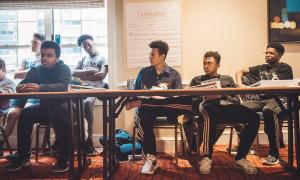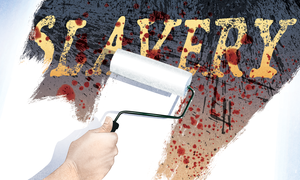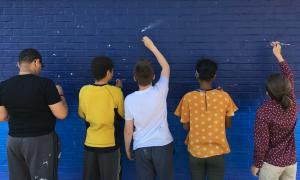teaching strategy
Exploring Texts Through Read Alouds
Creating Questions to Engage Critically with Texts
This strategy provides tools to create questions that help students engage critically with Perspectives central texts and examine them for issues of power and social inequity. The activities suggested here also encourage readers to bring their knowledge and experiences to the reading of a text.
July 16, 2014





